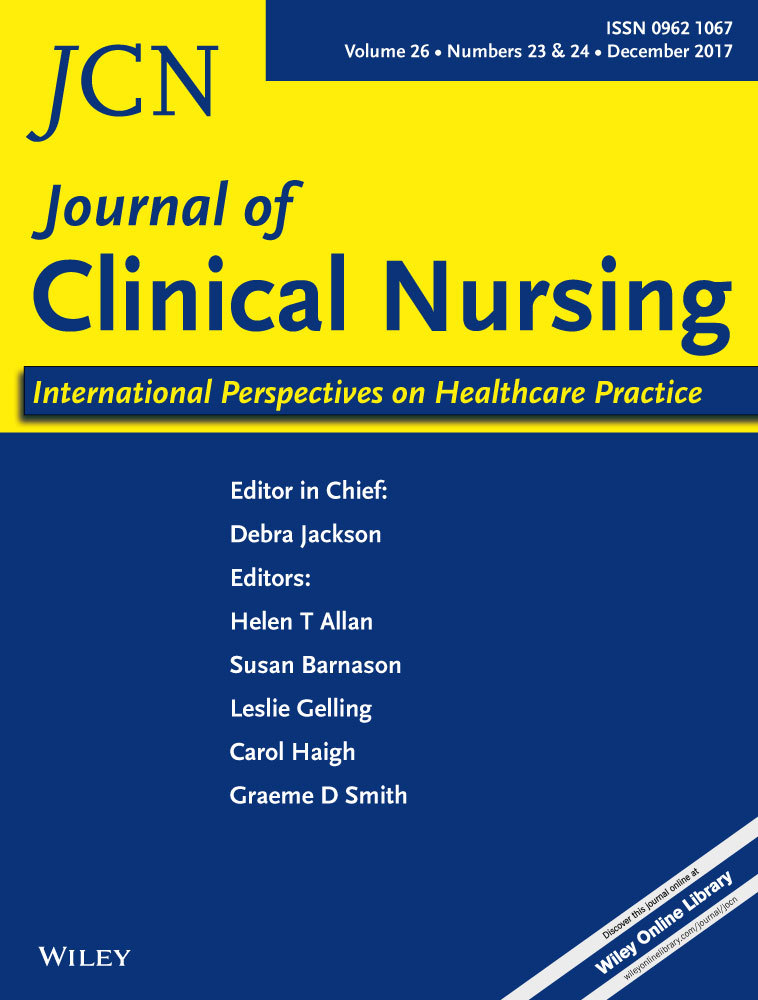Nurses’ and nurse assistants’ beliefs, attitudes and actions related to role and function in an inpatient stroke rehabilitation unit—A qualitative study
Funding information
The study was supported by grants from the Novo Nordic Foundation, Tømmerhandler Johannes Fogs Fond, the Research Council Glostrup Hospital and Department of Neurology, Rigshospitalet, Glostrup, Denmark. The funders had no role in the design of the study or the collection, analysis and interpretation of data or in writing the manuscript
Abstract
Aims and objectives
To explore nurses’ and nurse assistants’ beliefs, attitudes and actions related to their function in an inpatient stroke rehabilitation unit.
Background
Several attempts have been made to describe nurses’ roles and functions in inpatient neurorehabilitation. However, current understandings of the contributions that nurses and nurse assistants make to neurorehabilitation remain sparse.
Design
Descriptive, interpretive qualitative study.
Methods
Participant observations were conducted during 1 month in a stroke rehabilitation unit at a university hospital in the Capital Region of Denmark. The observations were audiorecorded and field notes were taken on the spot. Semistructured interviews with nurses (N = 8) and nurse assistants (N = 6) were performed. The audiorecorded observations, field notes and interviews were transcribed for inductive and deductive content analysis.
Results
Three main categories with underlying subcategories were identified: (i) the importance of professionalism, (ii) striving for visibility, (iii) the importance of structure.
Conclusion
This study contributes to present understandings of nurses’ and nurse assistants’ roles and functions in inpatient stroke rehabilitation. We obtained insights into nursing staff's beliefs and attitudes about rehabilitation—as well as their own role and function—and furthermore how the latter affects their actions in daily practice.
Relevance to clinical practice
The nursing role and function are still not clearly defined. Further education is needed to strengthen the contribution of nursing staff to patients’ rehabilitation. Furthermore, focus on developing a professional language and a framework that supports continuity within daily care and rehabilitation is needed.




